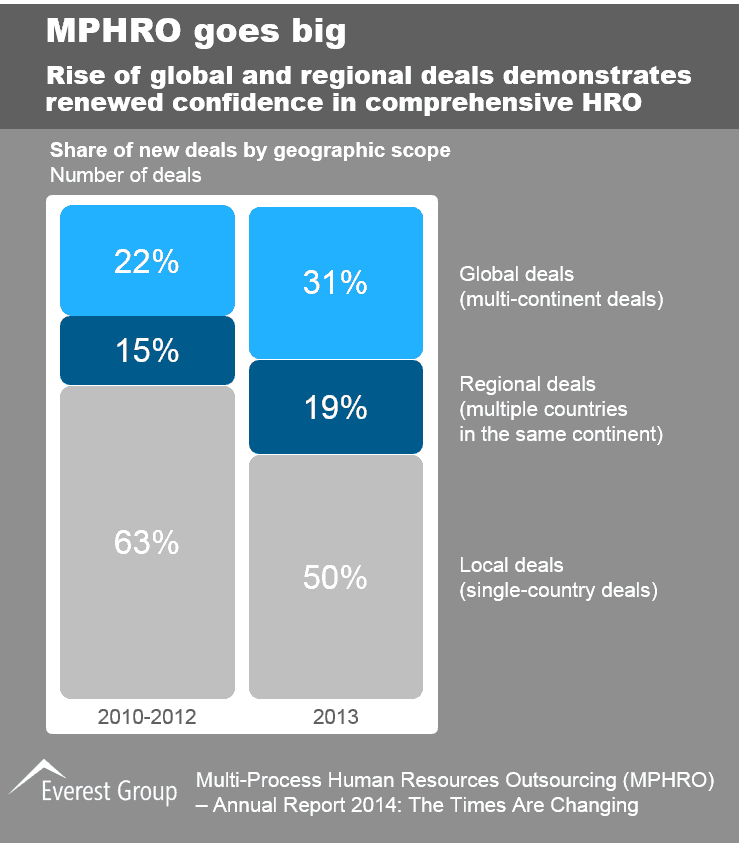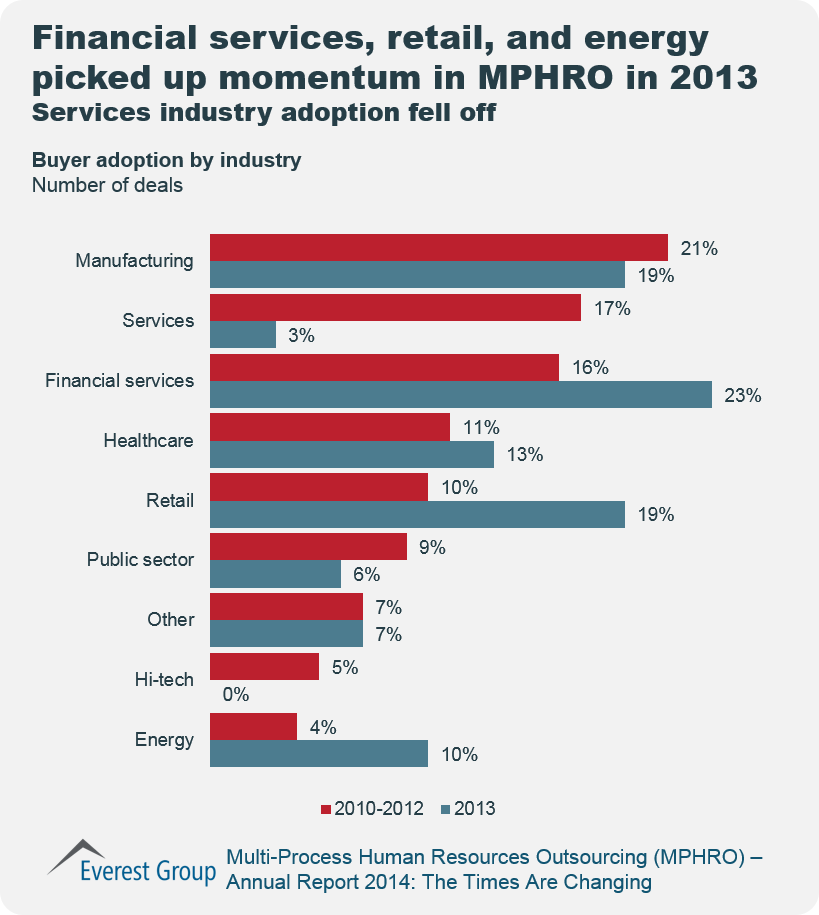May 29, 2014
At Capgemini global analyst event in London last week, the company provided a holistic view of its business growth strategy and internal initiatives to enhance skills and sales capabilities.
Capgemini management was relatively upbeat about growth opportunities while acknowledging the continuing headwinds in its main market in Europe. Economic uncertainty continues in continental Europe, but the need for cost cutting and efficiency is driving demand for services. Capgemini also expects growth from wider adoption of outsourcing and offshoring in continental Europe with a number of large deals on the horizon. Disruptions from cloud and offshoring continue to negatively impact revenue growth but improve margins. At the same time, cloud and other disruptive technologies such as big data, are increasing demand for services and boosting business.
Against this backdrop, Capgemini provided guidance of 5% – 7% organic revenue growth for the mid-term. Paul Hermelin, Group CEO, also indicated that the company is well on its way to achieving an operating margin of 10%. Assuming a 2-3 year period for mid-term, this is in keeping with outlook at the end of Q1 2014: organic revenue growth of 2% to 4% and an operating margin rate between 8.8% and 9.0% for 2014.
In terms of services, industrialization, standardization, innovation and pre-packaging dominated the company’s strategy. In infrastructure services the strategy has seen service delivery standardized and globalized with increasing focus on RIM, automation, cloud migration, orchestration and brokerage services. Capgemini saw +19% growth in cloud bookings year on year in 2013.
Application management has turned into a success story for Capgemini too. This is something of a turn around with dwindling bookings reversed into an increase of 60% in 2013 and 40% in Q1 2014. This has been achieved through industrialization and taking a factory approach to AM. Capgemini highlighted circa 30% cost savings for clients through this approach. It is also offering a new approach to AM services with a business process focus – where KPI’s include related business process metrics. This is a novel approach to AM that Everest Group will cover in a separate piece.
Another key lever for growth is innovation with Capgemini investing in IP in its strategic offerings (which are based on major technological transformation themes such as customer experience, cloud, mobility, big data, and social media). In keeping with this strategy, Capgemini will continue to target demand in the market for digitization of services and for transforming big data into new business opportunities. Similar opportunities from the Internet of things is also on its radar.
The widening of the strategic offerings portfolio with more IP is to boost profitability with higher margin services. Capgemini has shown that it can do well in these. Its strategic offerings grew by 19% in 2013 and are on the way to grow by 20% in 2014.
The drive for innovation is likely to lead to more acquisitions and partnership co-development. The latter brings with it the risks of investing in ambitious technology that proves too difficult to bring to market in a timely fashion e.g. Skysight, the cloud service orchestration product which Capgemini is developing in partnership with Microsoft, has been delayed.
Verticalization is another growth lever for Capgemini. One example is industry managed services offerings with OnePath Suite. This consists of pre-packaged SAP solutions that have been pre-configured for specific verticals, such as CPG, Energy and Life Sciences, and which will be delivered and set up as part of hosted and managed services with the potential to add business process services on top of bundled infrastructure and software integration.
BPO services are also being extended from the core F&A offerings to a broader set of services aimed at CFOs, including spend analytics, internal audit, SC analytics and MDM, and tax efficient accounting.
Internal organizational measures include:
- HR: Increasing the size of the offshore workforce and its leadership while flattening the labor pyramid in other regions
- Sales: A unified ‘One Group’ approach is being rolled out with dedicated major account teams, new rules across P&Ls and priority access to Group assets.
With globalization of services have come the challenges of managing resources better and increasing utilization rates. Capgemini needs a robust global organization to support its evolving delivery model. The HR strategy is addressing this requirement.
Capgemini has had an entrepreneurial culture with many P&L centers. This has led to a sales structure that has adapted to local market conditions. The implementation of a ‘One Group’ approach to major accounts is needed to tap into large multi-national opportunities that can now be supported by Capgemini’s global delivery model.
Overall, Capgemini has made excellent progress in transforming itself to ride the wave of demand in the market for modernized services and to compete with India-based vendors who are targeting Europe, Capgemini’s biggest market. Offshoring and globalization of service delivery has been largely achieved. Other aspects of the strategy are still work in progress but with the economic outlook generally brighter across the globe, the company is set well to achieve its latest guidance.








